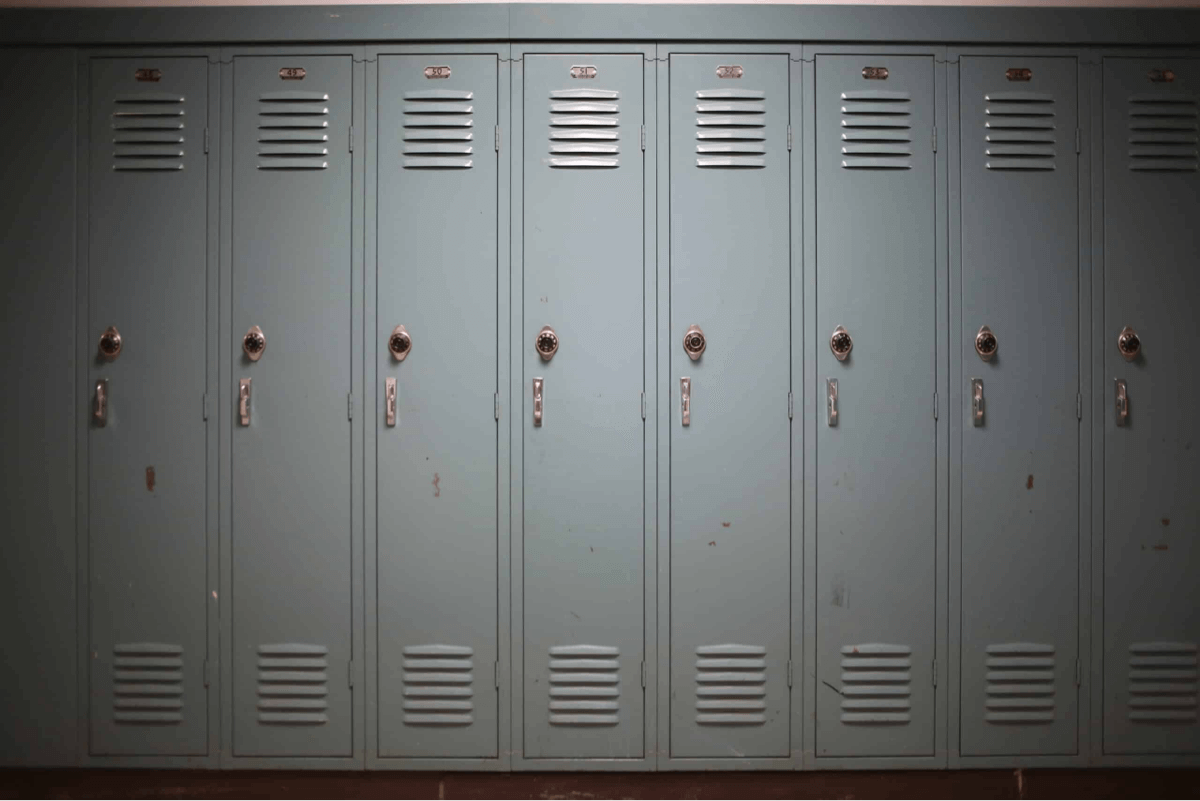Lessons Learned from Columbine
Frank DeAngelis spent 35 years at Columbine High School in Littleton, Colorado. He has been named Colorado High School Principal of the Year and was a finalist for National Principal of the Year. He recently received the Jefferson County Schools Lifetime Achievement Award. Since his retirement in 2017, Mr. DeAngelis has consulted with schools and organizations around the country, helping those that have experienced tragedy as well as preparing others with foreknowledge as they seek to prevent a tragedy from occurring.
For Mr. DeAngelis, a Denver native, serving as principal at a school with high-achieving students, an excellent staff, and great parent and community support was in many respects his dream job. And then came the morning of April 20th, 1999. The events of that day have affected this nation ever since.
In preparation for our May 26th webinar with Mr. DeAngelis, he and Lightspeed Systems had a brief Q&A:
[Lightspeed Systems] What are your most enduring memories of 4/20/99?
[Frank DeAngelis] This is what I remember—Cassie Bernall, Steven Curnow, Corey DePooter, Kelly Fleming, Matt Kechter, Daniel Mauser, Danny Rohrbough, Rachel Scott, Isaiah Shoels, John Tomlin, Lauren Townsend, Kyle Velasquez, Dave Sanders. Twelve students and a good friend from my staff, who all came to school that day and never got to go home. I think about them every day, still. And I also remember the police telling me that I couldn’t go home that night because they were concerned about threats against me.
[LS] What were your thoughts that night, and afterwards?
[FD] I realized that there was nothing I could do to bring back those killed or undo what happened to all the injured and impacted. But I committed that night to doing everything in my power to make sure that they did not die in vain. Many people say, well, it’s been more than 20 years, and these shootings continue to happen. But the point that I want to make is I refuse to be helpless and hopeless. That’s why I speak out for them and talk to people about the lessons we learned.
[LS] So where do you begin the discussion?
[FD] I truly believe that people think somehow that if they don’t talk about it, it’s not going to happen. But I’m here to tell you that on any given day it can happen. And unfortunately, I don’t know if we can even say “if.” It’s “when.” For us, it was a beautiful Colorado spring day at a great school in a wonderful community. And we had 13 dead and 26 injured.
[LS] Your presentation to schools and other organizations is about response and recovery. Talk a little about response.
[FD] Well, just for one example, it may seem unbelievable, but 20 years ago the first-responder protocol was to secure the perimeter and not enter the building. You look at the protocol today, the first officer on site is going to go into the building to try to neutralize the threat. At Columbine, we had a resource officer already in the building, exchanging fire with the shooters, but that was it. It took the SWAT team more than 20 minutes to get to the school because they had to go get their equipment. There are so many things we handle differently today.
We talk about the new normal. People want to look for reasons, for causes, for that one thing. There’s not just one thing. It’s not just about gun control. It’s about sensible gun laws, but it’s also about mental health. It’s about social media. It’s about parenting. You put all these pieces of the puzzle together, then we can begin to have a chance at combating some of these senseless tragedies. The two “threats” at Columbine had been planning their attack for more than a year. They researched bomb building and things on the internet. There were warning signs. We have the knowledge and the technology now, from companies like yours, to recognize those things ahead of time and intervene. And paying attention to the red flags and early warnings, through staff training, vigilance, and technology—the best response is early intervention and stopping the event before it can happen.
[LS] And recovery?
[FD] First, as a school leader or staff member, you can’t waste a lot of time feeling sorry for yourself. You can’t be asking, why me, why us? Because almost certainly, other people are suffering more than you are. So how do bring a school back and keep things going? You need to have a plan, to plan ahead for three years out, five years out, eight years out, one foot in front of the other.
Another thing, there’s a stigma around seeking counseling. I remember hearing that if you seek counseling, it’s a sign of weakness. But it’s not. It’s a sign of strength. Even today, I attend counseling. No one can walk that journey alone. Make sure that help is available to your school community, including yourself. Next time you get on an airplane, think about what the flight attendant says about loss of cabin pressure and the oxygen masks coming down. Before you help someone else with their mask, make sure you put it on yourself, because if you don’t help yourself, you can’t help others.
Want to join the conversation?
Join us for a live webinar event on May 26th: “7 Lessons Learned From the Columbine Tragedy.”

